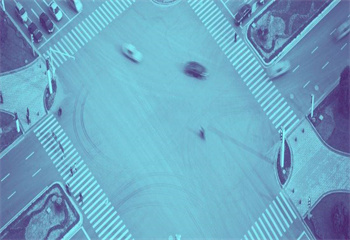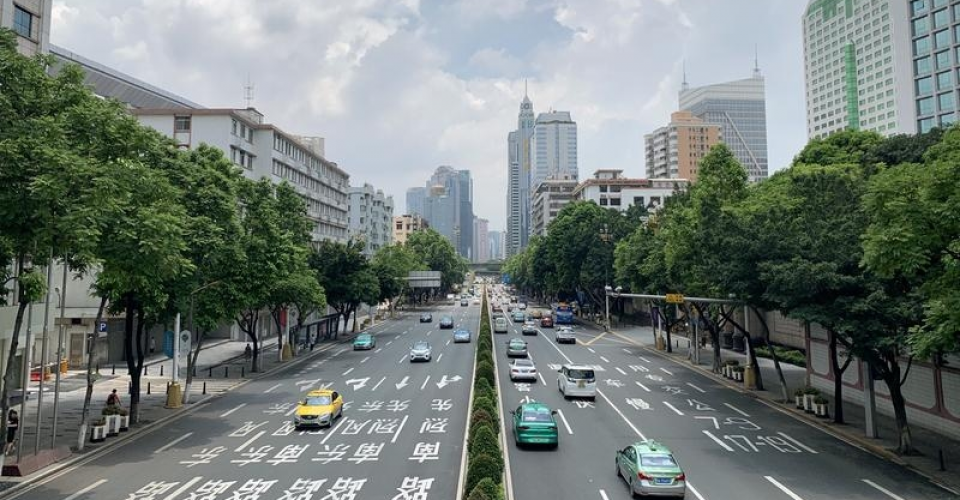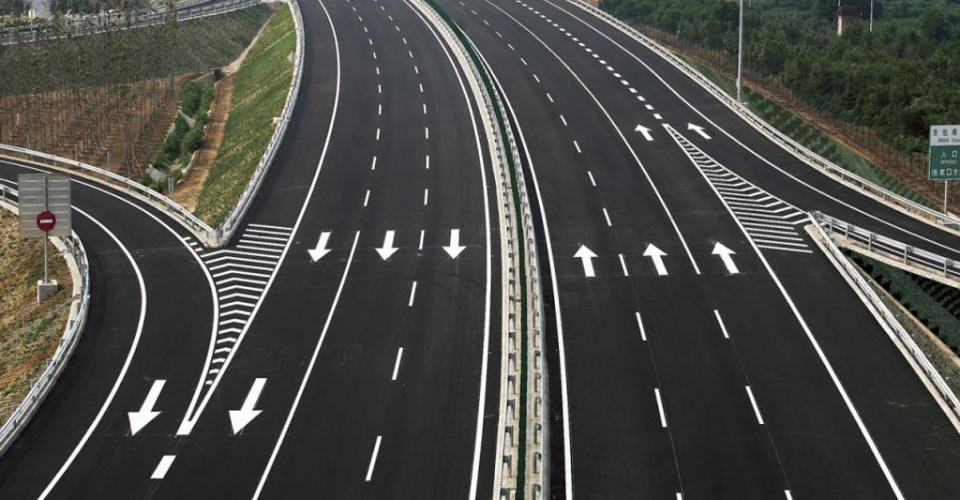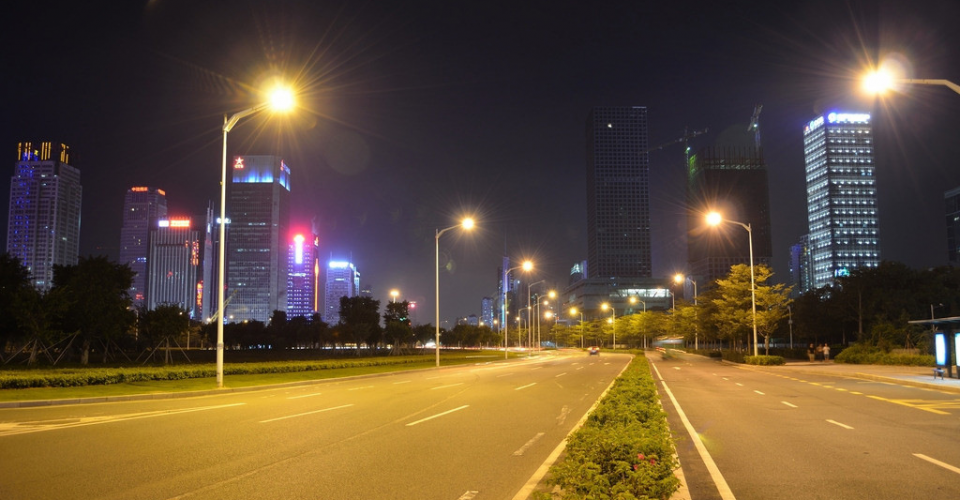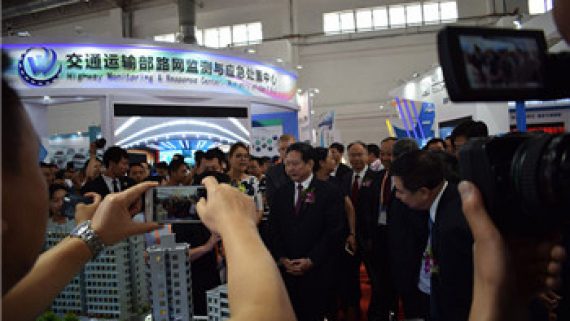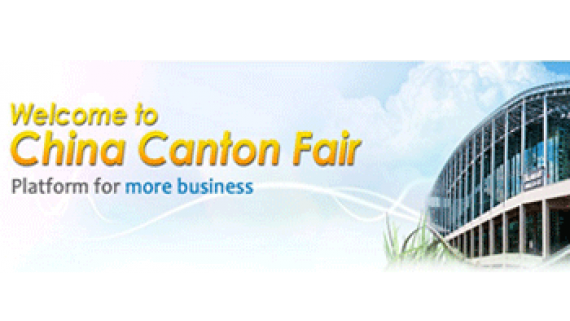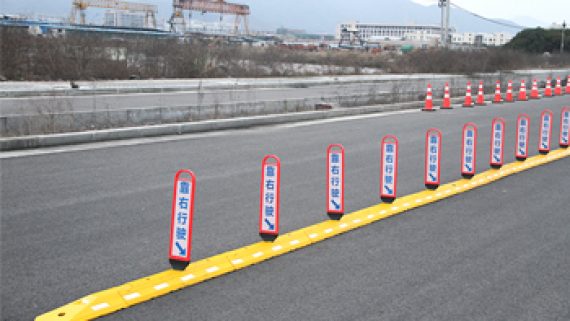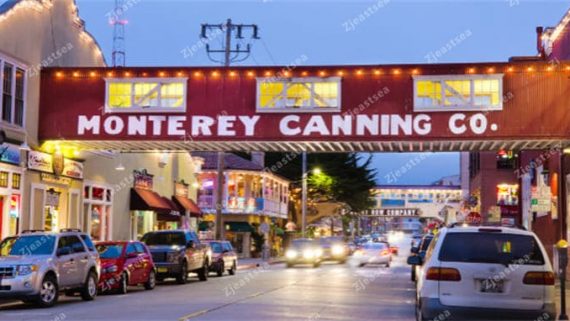INTELLIGENT TRAFFIC MANAGEMENT: SEARCHING SOLUTIONS
Smart street lighting and EU Green Deal: an illuminating discussion
For Mehmet Aras, Global Segment Leader for Transportation and Smart Mobility at Signify, the ‘lull’ gave the Dutch company time to take a breath, re-evaluate their approach and take a closer look at city stakeholders’ pain points and needs. While there may be more focus on pedestrians and bicyclists than there was before, one thing didn’t change: safety is still the number one priority for road and street managers.
“The pandemic has changed many things around the world, at least temporarily. Traffic loads and patterns on highways and city streets, for example, were altered dramatically, and in many municipalities reduced, due to business and school closures and the increase in remote working,” he explains. “Many street lighting renovation projects have also been postponed or delayed, although new incentive plans like the EU Green Deal are bringing the renovation rates up again.”
The other priorities that support Signify’s approach to smart street lighting are also still firmly in place. Keeping traffic moving is still an important consideration and with less congestion on the roads over the past 16 months, drivers have been able to experience the advantages of smooth traffic flow first hand.
Says Aras: “Sustainability may well be a more important consideration than ever, as the pandemic has put more focus on finding global solutions to global problems. The need for economic growth is front and centre, as businesses and communities begin to recover from the effects of long-term shutdowns and interruptions. Connected street lighting, like our Interact IoT lighting software and systems, remains a powerful and effective tool for achieving all of these priorities, beginning with safety.”
“Being able to deliver the right light in the right location is perhaps that largest contributor to roadway safety at night, where good visibility is at a premium. But being able to do so on demand, dynamically adjusting street and roadway lighting using sensors that deliver data on current conditions, can also support sustainability goals by reducing the amount of energy used for lighting. There’s no point in fully lighting a roadway if nobody is using it.”
Connected street lights for safe, sustainable, smart infrastructure
With more than 2.5 million connected light points globally, Signify has proved how effective connected street lighting software and systems can be for managing lighting infrastructure properly, and yet, only 3% of street lights are connected globally. This number is expected to grow to 29% by 2027, but there is still an enormous opportunity for municipalities around the world to make the future of mobility a reality today.
“The current situation is especially advantageous for cities contemplating energy-efficient lighting renovations,” Aras suggests. “Major sustainability initiatives like the EU Green Deal and the Bipartisan Infrastructure Framework in the US are making funds available for building smart infrastructure today. And these are no halfway measures: US President Joe Biden’s plan earmarks hundreds of billions of dollars for roads, bridges, public safety, connectivity, environmental remediation, and other critical actions.”
Connected lighting has a central role to play in all of this, but in reality there is no one silver bullet. “Building safe, sustainable, smart infrastructure is an ecosystem game. The real wins occur when different systems, including lighting, are integrated. Then it’s possible to aggregate data from many different sources and analyze that data to gain actionable insight,” Aras adds, enthusiastically.
“Awareness of the benefits and, conversely, of the dangers of doing nothing, is important, but investment must follow. Technology providers, city authorities, researchers, citizen action groups, all stakeholders must share their experience and work together to build the highways of tomorrow. Why not aim to make 100% of all street lights connected, creating the most extensive mesh network in the world? We have the technology. Now we need to work together to get it done.”

